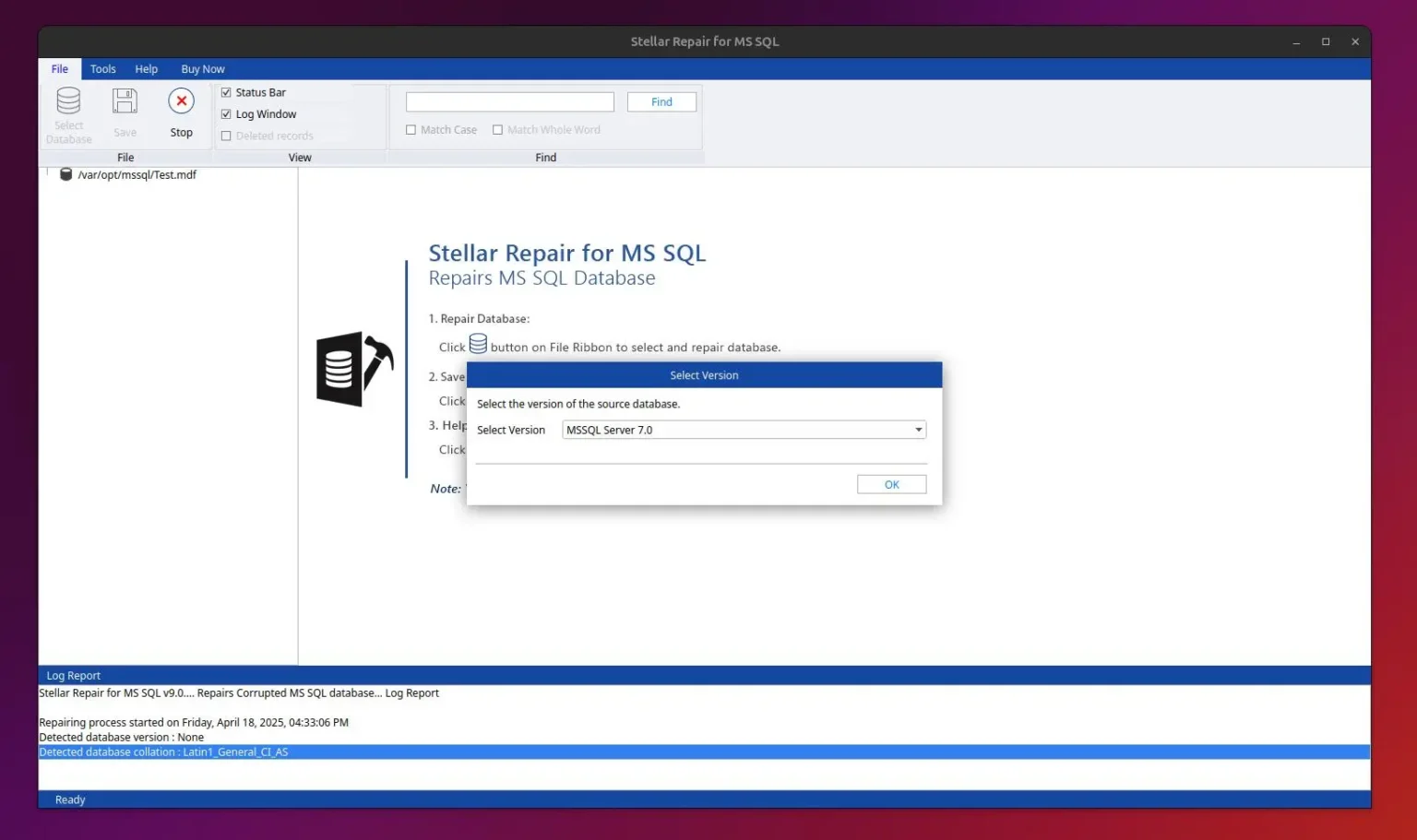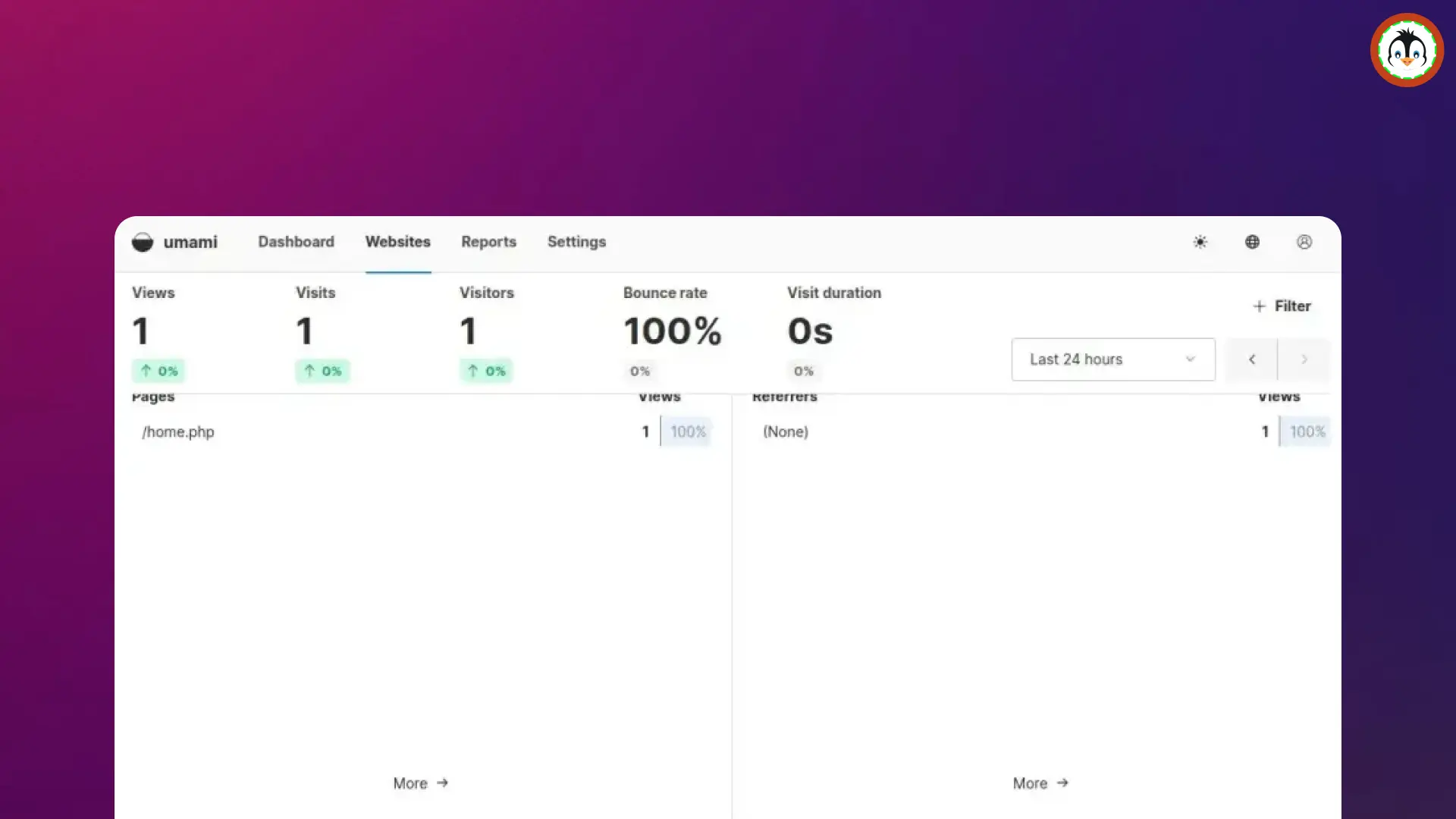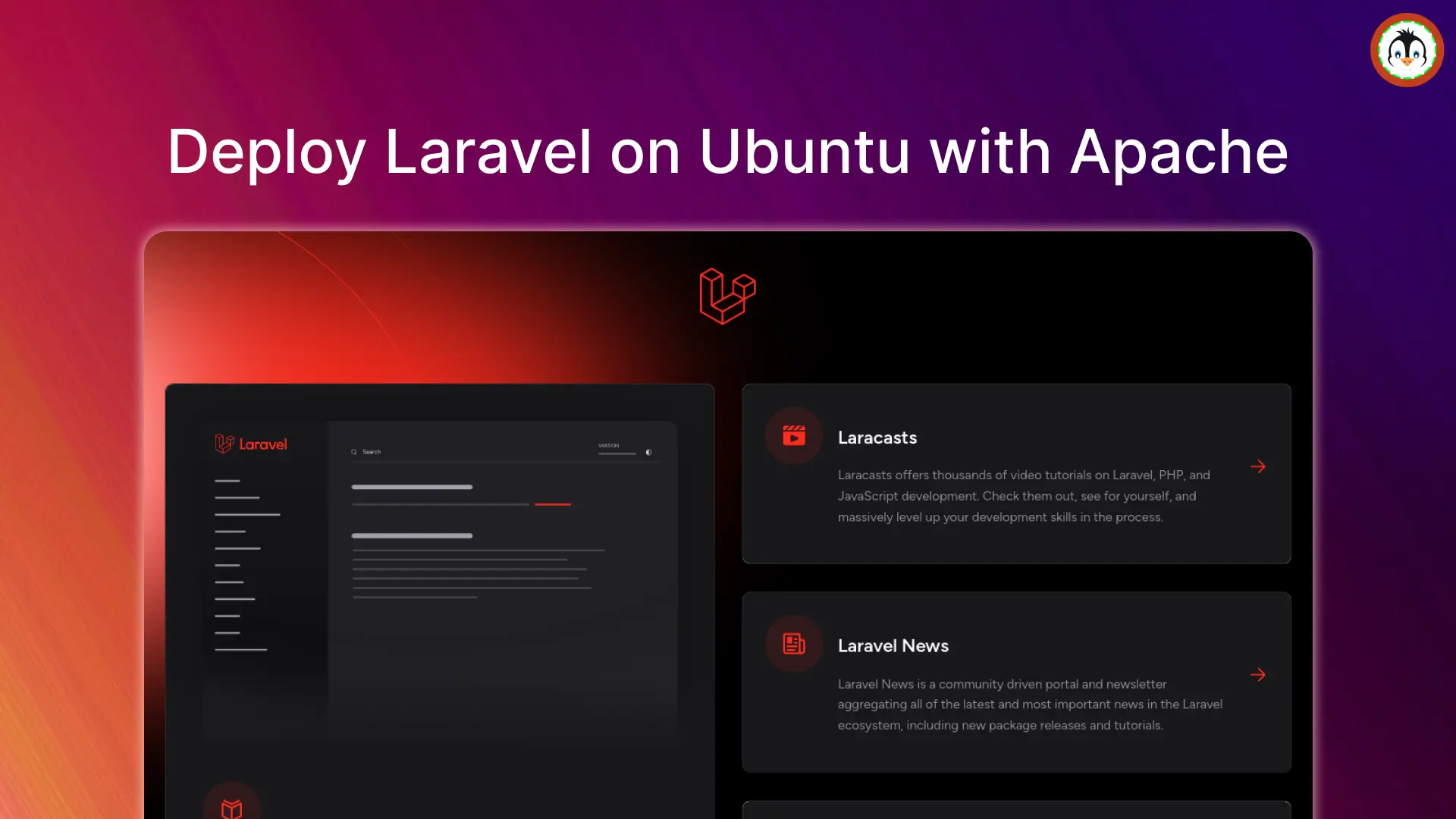Minikube (also referred to as "mini-Kubernetes") is a single-node Kubernetes cluster that can run locally to help you learn the concept of Kubernetes clusters.
It uses virtualization technology using a hypervisor such as Docker and can be easily installed and configured on the Ubuntu desktop or server system.
Requirements for Minikube
Prior to installation, ensure that your system satisfies the specified Minikube requirements.
- Docker is installed and configured
- 20+ GB of disk space
- 4+ GB of RAM
Installing Minikube on Ubuntu
1. Open your terminal and update your system repository information to the latest.
- sudo apt update
2. Next, install Curl and apt-transport-https using the following command:
- sudo apt install curl apt-transport-https -y
3. Download the latest Minikube binary file using the curl command.
- curl -LO https://storage.googleapis.com/minikube/releases/latest/minikube-linux-amd64
4. Then install the downloaded Minikube binary file by running:
- sudo install minikube-linux-amd64 /usr/local/bin/minikube
5. Lastly, verify that Minicube is successfully installed by checking its version.
- minikube version
Output:

Installing Kubectl on Ubuntu
Kubectl is a CLI tool, or consider it a front-end for Kubenetes clusters to make the process easier for deploying and managing applications running on Kubernetes clusters.
1. On Ubuntu, Snap is already installed and configured, so you can run the following command to easily install the Kubectl Snap package.
- sudo snap install kubectl --classic
2. Then verify that Kubectl is installed by checking its version:
- kubectl version --client
Output:

Start Minikube
Run the following command to check the status of Minikube:
- minikube status
Output:

If you are performing all these steps for the first time, then it will ask you to run the following command to download the necessary packages for Minikube and configure it on your system.
📝 Note
Before executing the following command, make sure to add the current user to the Docker group.
- minikube start
Output:
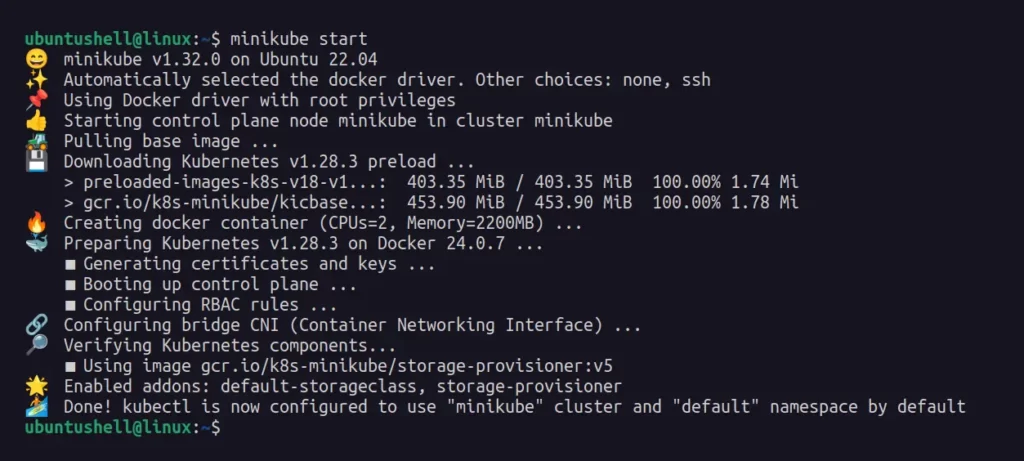
Usage of the Minikube Dashboard
Once the status of Minikube is running, you can execute the following command to launch the Minikube web interface to manage the Kubernetes cluster.
- minikube dashboard
Output:
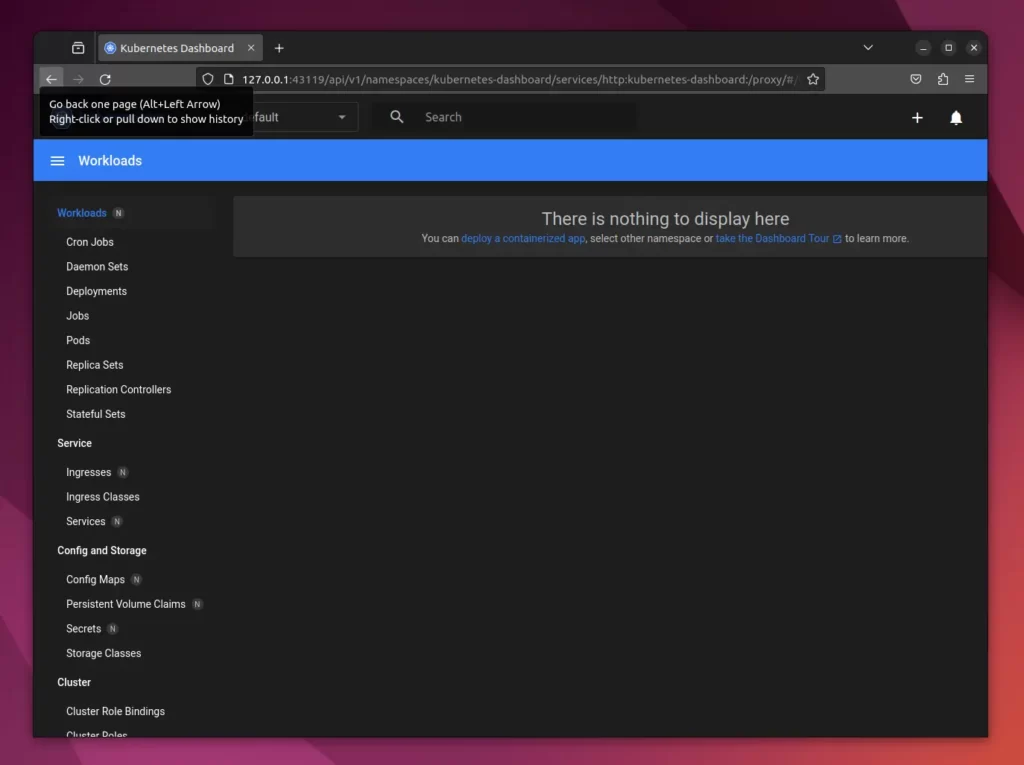
Here, you can experiment with and test the workings of Kubernetes deployment on your local system.
